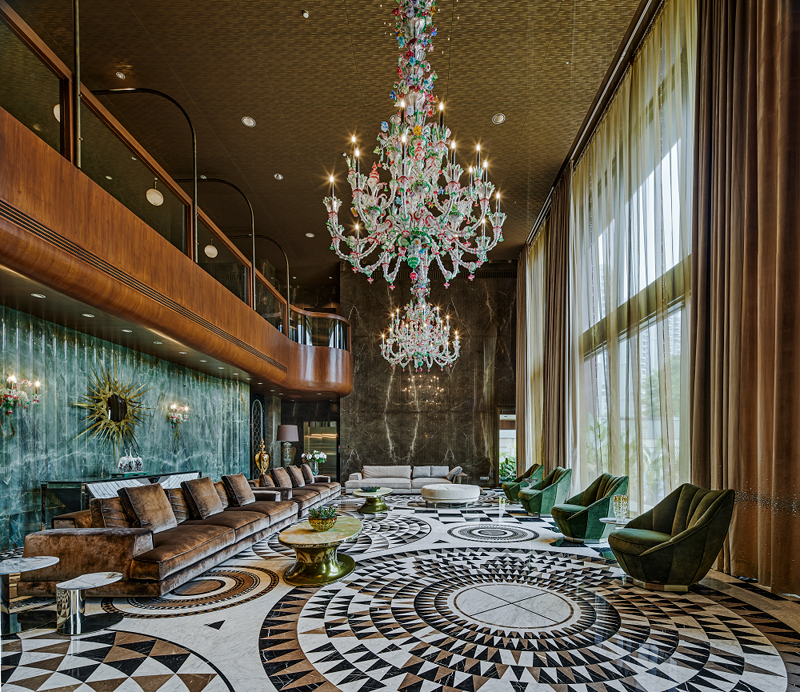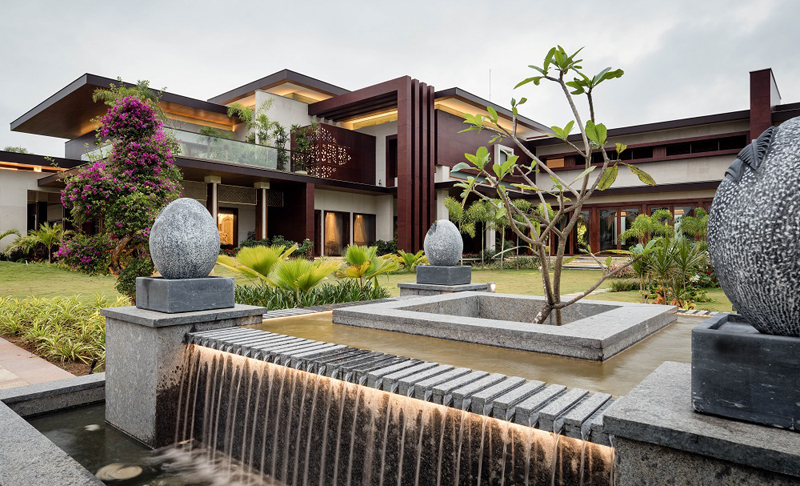Q. Who and What inspired you to take up this profession?
Design has always been an intrinsic part of who I am as an individual from the get-go. Be it the penchant for artistic forms of expression or an innate need to solve everyday challenges through design. Design’s omnipresence in every facet of our lives is something that has intrigued me right from a young age. It is a hybrid of artistic nuances and the science of engineering, making it a discipline that weaves together a way of life for all the people who inhabit a space. Delving into architecture has just been an extension to my inclinations towards the art of creation.
Q. Do you think professional education helps? How has it helped you?

Q. Which was your first project? Where? Share some of your memorable experiences?
Q. What is your design style and what makes you unique amongst your new generation fellow competitors?
Q. What is your opinion about awards?
Q. India in itself has a rich, influential heritage of architecture and interior design such as Temple, Dravidian, Kalinga, and Mugal! Is it the time that compelled the changes or any other factors that contributed? Your views
Q. In the modern times we see a lot of our structures influenced by Colonial, Western Gothic style of architecture? How do you see architecture and interior design in present times and in the coming future?
Q. What is missing in Indian Architecture? Which new architectural practices will be game changers in the near future?
I believe contemporary Indian Architecture can be more sensitive towards its context- the prevalent climatic and socio-cultural background of a place needs utmost attention while curating spatial experiences. Today, western influences have inspired fanciful architecture that most of the time seems alien to its location. Being true to our roots and crafting an interplay of vernacular materiality and responsive built volumes has become crucial.
Amid the prevalent technocratic paradigm, where we have resourcefully restructured all aspects of earthly life, environmentally responsive architecture that holistically engages the senses and lets us express our affinity towards nature might become a game-changer in the near future.


